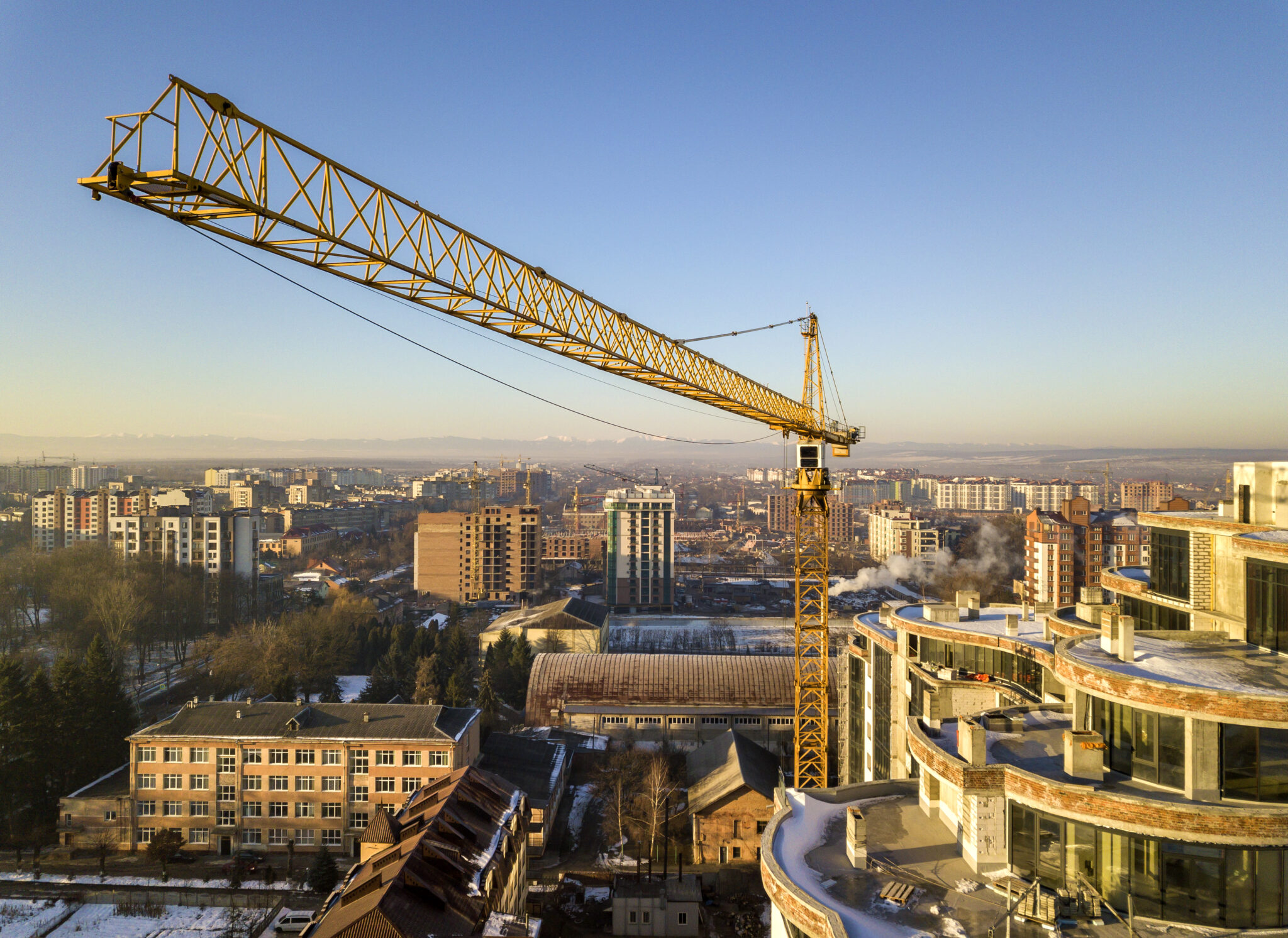As the construction industry continues to evolve, the demand for sustainable practices has never been higher. Construction contributes significantly to environmental challenges, from high carbon emissions to waste generation and resource depletion. However, by adopting innovative methods and technologies, construction companies can minimize their environmental footprint. Here are the seven most important methods to reduce the environmental impact of construction, with real-world examples demonstrating their effectiveness.
Explore 12 Futuristic Technology Trends Solving Concrete's Biggest Challenges.
1. Smart Concrete Monitoring With Real-Time Sensors
One of the most impactful ways to reduce waste and enhance efficiency on construction sites is through smart concrete monitoring. Tools like Giatec’s SmartRock® sensors, which provide real-time data on concrete curing and strength, allow contractors to optimize their work processes. By reducing over-pouring, rework, and delays, these sensors significantly lower material waste and energy consumption.
An excellent example is the Democo N.V. infrastructure project where contractors utilized SmartRock sensors to monitor concrete curing in real-time. This smart monitoring allowed Democo to optimize construction timelines and reduce environmental impact by avoiding unnecessary material use.

2. Optimizing Concrete Mixes With AI Mix Management
Concrete production is a leading contributor to CO2 emissions, primarily due to the high cement content. Innovations such as Giatec’s SmartMix™ platform allow contractors to optimize concrete mixes, reducing the amount of cement required while maintaining strength and durability. This AI-driven technology directly addresses one of the most significant sources of emissions in construction.
A great example is the Tomlinson Ready Mix project, where SmartMix was integrated to successfully reduce cement use across the project by 8.8%, cutting CO2 emissions and achieving a 5% cost reduction. This case illustrates the potential of optimized concrete technology to deliver both sustainable and cost-effective solutions.
Learn more on how Giatec’s AI Solutions are driving sustainability! Click here.

3. Sustainable Waste Management and Recycling
Construction waste contributes heavily to landfills, but sustainable waste management practices can mitigate this. Recycling materials such as metal, wood, and concrete not only reduce landfill usage but also minimizes the need for new resources. The One World Trade Center project in New York serves as a prime example. With a recycling rate of over 90%, the project successfully minimized its environmental impact by reusing construction materials and collaborating with recycling facilities.
This large-scale implementation of sustainable waste management demonstrates how careful planning and material reuse can dramatically reduce waste.
4. Energy-Efficient Machinery and Equipment
Construction sites are notorious for their fuel consumption, particularly through the use of heavy machinery. However, adopting energy-efficient equipment, such as hybrid or electric machinery, significantly reduces emissions. The California High-Speed Rail project integrated hybrid excavators and machinery into its operations, slashing fuel consumption and emissions while maintaining productivity.
This project highlights how energy-efficient machinery can be a game-changer for reducing the environmental impact of large-scale infrastructure projects.
5. On-Site Renewable Energy Solutions
The integration of renewable energy sources on construction sites has proven to be an effective way to cut down on fossil fuel usage. Using solar panels or wind turbines to power site operations can significantly reduce a project’s carbon footprint. The Apple Park in Cupertino, California, is a notable example. Solar panels provided a substantial amount of the energy required for on-site construction activities, demonstrating the effectiveness of renewable energy integration in large construction projects.
By leveraging renewable energy, Apple Park reduced its reliance on traditional energy sources and helped push the boundaries of sustainable construction.
6. Water Conservation and Recycling Systems
Water is a vital resource in construction, yet it is often used inefficiently. By adopting water conservation practices, including rainwater harvesting and water recycling systems, construction companies can reduce their environmental footprint. The Central Arizona Project stands out for its effective use of water-saving strategies, recycling water for multiple purposes on-site, including dust control and equipment cleaning.
This project is a great example of how efficient water management can make a significant impact on resource conservation and overall project sustainability.
7. Sourcing Sustainable and Local Materials
Sourcing sustainable and local materials is another critical method for reducing the environmental impact of construction. Locally sourced materials cut down on transportation emissions, while sustainably produced materials, like reclaimed wood or recycled steel, reduce resource depletion. The Bullitt Center in Seattle often hailed as the greenest commercial building in the world, sourced more than 50% of its materials from within a 500-mile radius, minimizing the carbon emissions associated with transportation.
By prioritizing local and sustainable materials, the Bullitt Center demonstrated how green construction can significantly reduce a building’s overall environmental impact.

Conclusion
Reducing the environmental impact of construction is no longer just a possibility—it is a necessity. By adopting smart monitoring technologies like SmartRock sensors, optimizing concrete mixes with SmartMix, recycling materials, using energy-efficient machinery, and incorporating renewable energy, construction projects are showing the world how sustainability can be achieved without sacrificing quality or efficiency. Real-world examples, such as the One World Trade Center, California High-Speed Rail, and Bullitt Center, illustrate the tangible benefits of these practices.
As we move toward a future where sustainability in construction is essential, these seven methods provide a clear pathway to reducing carbon emissions, conserving resources, and creating more environmentally friendly construction sites. By implementing these strategies, companies can contribute significantly to global sustainability goals and build infrastructure that stands the test of time—both for people and the planet.
Discover more innovations that are keeping up with sustainable practices! Click here.










